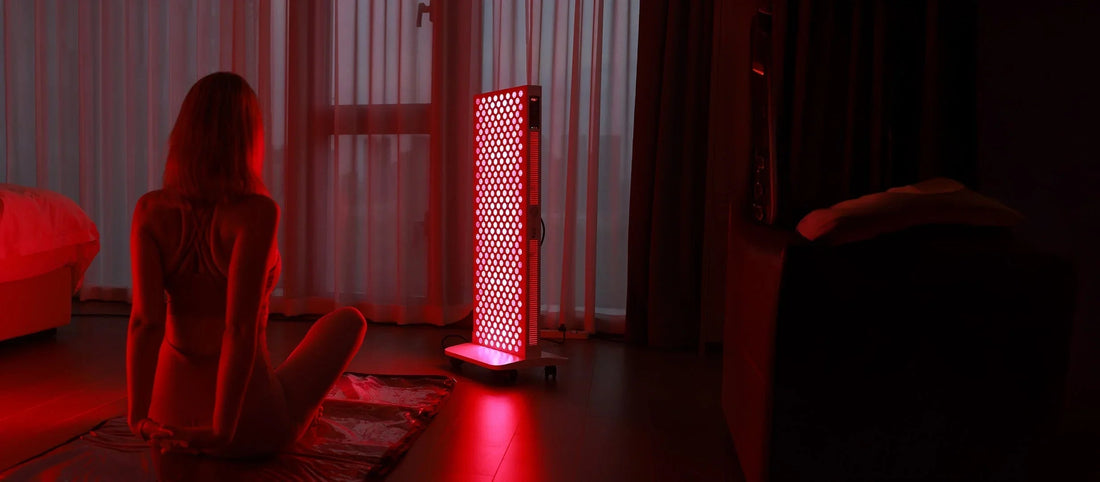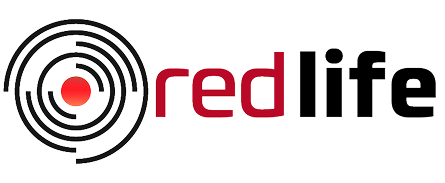Maximize Your Results: Tips for Getting the Most Out of Red Light Therapy

Is Red Light Therapy the Key to Faster Recovery for Athletes and Fitness Enthusiasts?
Insufficient coverage of the affected area or improper targeting of tissues might limit the effectiveness of the therapy. For example, treating a localized issue (such as a joint injury) may require a more focused light application, whereas widespread systemic effects (like improving energy levels) may require more comprehensive exposure.
Differences in Mitochondrial Function
- Mitochondrial Health Variability: Red light therapy works by stimulating cytochrome c oxidase in the mitochondria, which helps with ATP production. If an individual has dysfunctional or poorly functioning mitochondria (e.g., due to aging, disease, or genetic factors), they may not respond as effectively to red light therapy. Mitochondria in poor health might not have the capacity to respond optimally to the wavelengths of light. Please see below for more tips on how to improve mitochondrial function.
- Mitochondrial Biogenesis: Some individuals may have lower rates of mitochondrial biogenesis (the creation of new mitochondria) or may have a less responsive mitochondrial network, which could reduce their ability to benefit from red light therapy.
Inadequate Dosage or Treatment Parameters
- Wavelength and Power Density: Red light therapy generally uses light in the range of 600–650 nm (red light) or 800–850 nm (near-infrared light). If the wavelength or power density is too low, or if the therapy is not applied for the correct duration, it may not have a noticeable effect on the individual. The light may not penetrate deeply enough into tissues to achieve the desired therapeutic effects.
- Treatment Area: Insufficient coverage of the affected area or improper targeting of tissues might limit the effectiveness of the therapy. For example, treating a localized issue (such as a joint injury) may require a more focused light application, whereas widespread systemic effects (like improving energy levels) may require more comprehensive exposure.
 |
|
Skin Type and Pigmentation
Skin Pigmentation: Melanin, the pigment in skin, absorbs light, and darker skin types may absorb more of the light energy, preventing deeper penetration of the therapeutic light. This could reduce the effectiveness of red light therapy in people with darker skin tones, as the light may not reach the deeper tissues or mitochondria as effectively.
Skin Condition: Certain skin conditions, such as excessive dryness, inflammation, or damage, might interfere with how light is absorbed or how the body responds to it.
Inadequate Dosage or Treatment Parameters
Red light therapy generally uses light in the range of 600–650 nm (red light) or 800–850 nm (near-infrared light). If the wavelength or power density is too low, or if the therapy is not applied for the correct duration, it may not have a noticeable effect on the individual. The light may not penetrate deeply enough into tissues to achieve the desired therapeutic effects.
Insufficient coverage of the affected area or improper targeting of tissues might limit the effectiveness of the therapy. For example, treating a localized issue (such as a joint injury) may require a more focused light application, whereas widespread systemic effects (like improving energy levels) may require more comprehensive exposure.
Don't know which Red Light Therapy Device is Right for You?

Take our quick quiz to find the perfect solution for pain relief, skin rejuvenation, and faster recovery!












